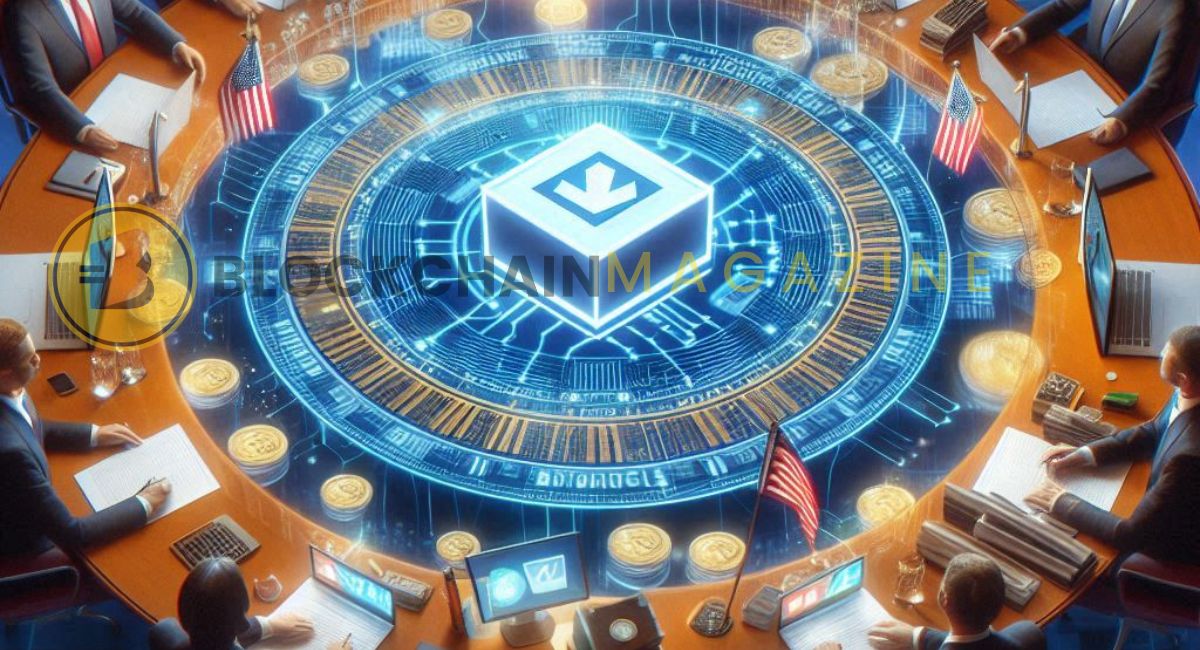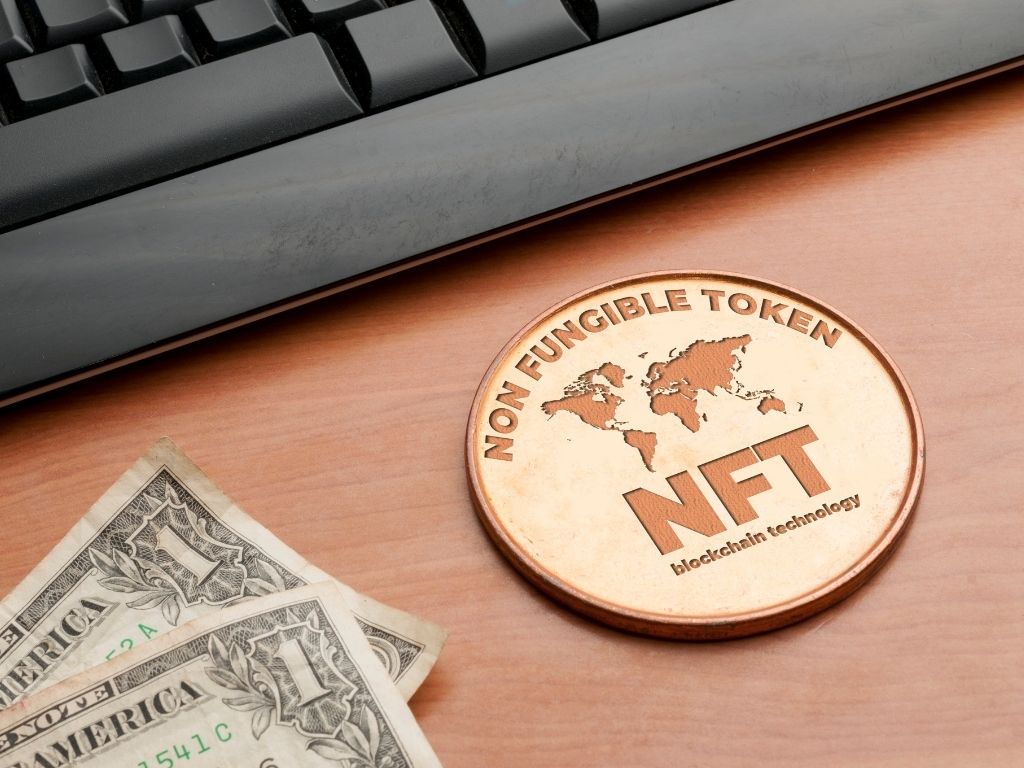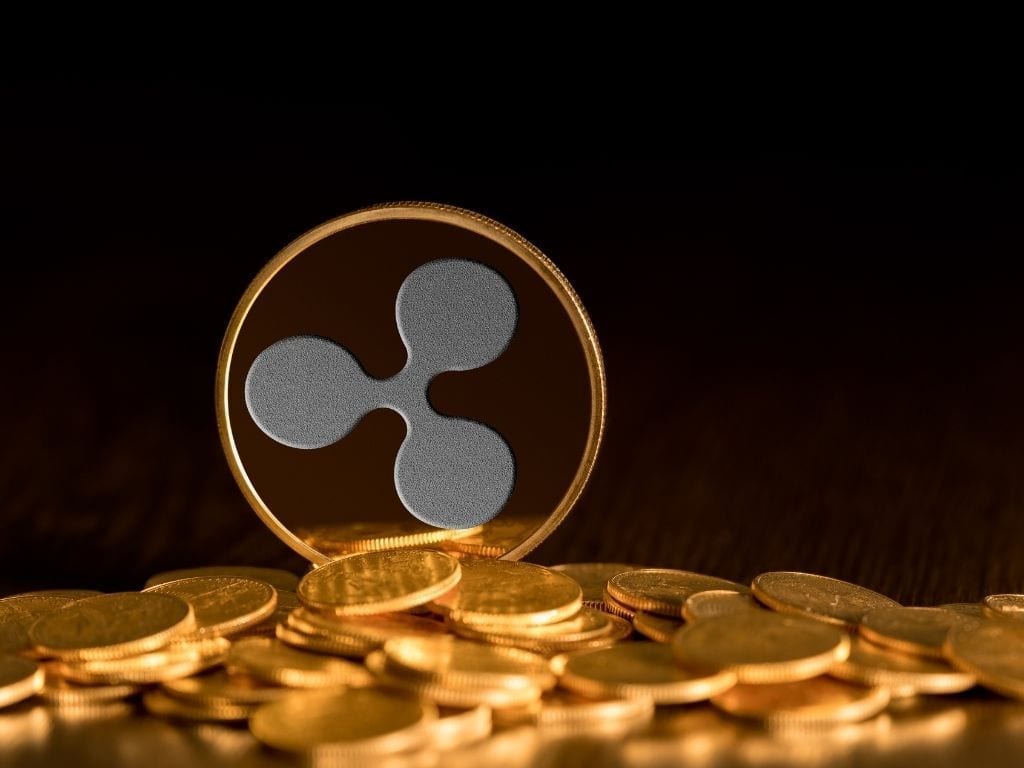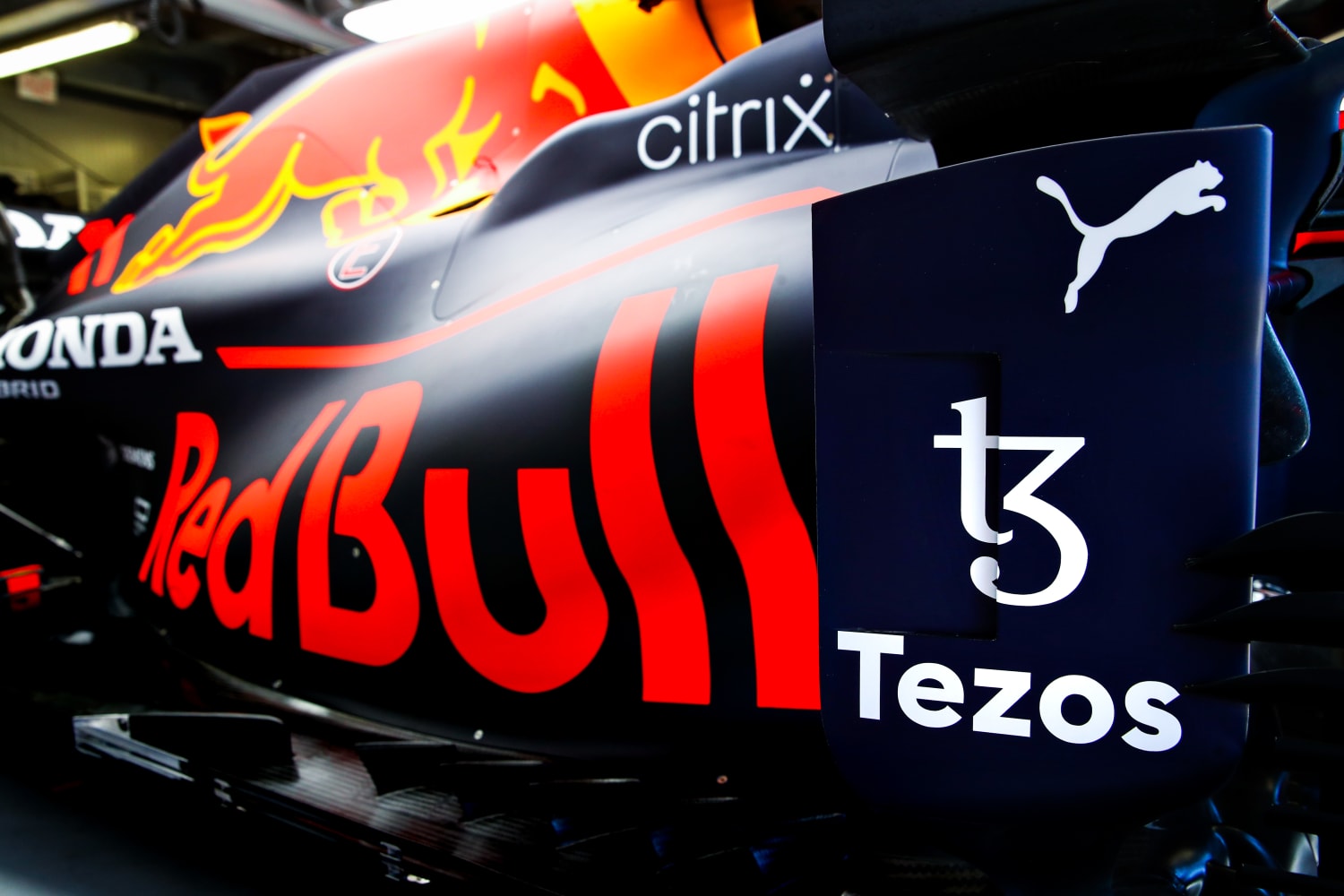Emerging NFT Trends In 2024 And What They Mean
As we approach 2024, the world of Non-Fungible Tokens (NFTs) is evolving rapidly. New trends are emerging that could change how we think about digital ownership and investment. This article will explore the most significant NFT trends to keep an eye on in the coming year.
Key Takeaways
- Utility NFTs are becoming popular, offering more than just ownership.
- The metaverse is driving demand for virtual real estate NFTs.
- Fractional ownership allows more people to invest in expensive NFTs.
- Environmental concerns are pushing for greener NFT solutions.
- Technological advances are improving NFT accessibility and user experience.
The Rise of Utility NFTs
In recent times, NFTs have evolved from simple digital art to more functional assets known as utility NFTs. These tokens provide holders with various benefits beyond mere ownership. Here are some key areas where utility NFTs are making an impact:
Exclusive Content and Membership Perks
Utility NFTs often grant access to special content or exclusive events. For example, holders might enjoy:
- VIP access to concerts or events.
- Special content releases from artists or creators.
- Membership in exclusive online communities.
Real-World Asset Tokenization
Another exciting trend is the tokenization of real-world assets. This means that physical items like real estate or vehicles can be represented as NFTs. This opens up new possibilities for:
- Fractional ownership of expensive assets.
- Easier transfer of ownership.
- Increased liquidity in traditionally illiquid markets.
In-Game Benefits and Virtual Goods
In the gaming world, utility NFTs are changing how players interact with their games. They can provide:
- Ownership of in-game items that can be traded or sold.
- Special abilities or enhancements for characters.
- Access to exclusive game content or events.
Utility NFTs are not just a trend; they represent a shift towards more practical applications of blockchain technology.
As we move into 2024, the demand for utility NFTs is expected to grow, attracting a wider audience interested in their practical uses. This shift could lead to a more sustainable and valuable NFT market overall.
Metaverse and Virtual Real Estate
Platforms Like Decentraland and The Sandbox
The metaverse is becoming a popular place for buying and selling virtual land. Platforms like Decentraland and The Sandbox allow users to create, trade, and develop their own virtual spaces. This has led to a growing virtual economy where people can invest in digital properties.
Virtual Economy and Real-World Implications
The virtual real estate market is projected to surpass USD 48.57 billion by 2033, growing at a rate of 38.5% each year. This growth shows how important virtual spaces are becoming in our lives. Here are some key points:
- Virtual properties can be used for events, games, and social gatherings.
- Businesses are starting to set up virtual stores, reaching new customers.
- The blending of real and virtual worlds is changing how we think about ownership.
Future Prospects of Virtual Real Estate
As technology improves, the future of virtual real estate looks bright. Here are some trends to watch:
- Increased investment from traditional companies.
- More users engaging with virtual environments.
- New tools for creating and managing virtual properties.
The metaverse is not just a trend; it’s a new frontier for creativity and commerce.
In summary, the metaverse and virtual real estate are reshaping how we interact with digital spaces, making them an exciting area to watch in 2024.
Fractional Ownership of High-Value NFTs
Democratizing Access to Expensive Assets
Fractional ownership is changing the game for investors. By allowing multiple people to own a piece of a high-value NFT, it makes investing more accessible. This means that even if you don’t have a lot of money, you can still invest in valuable assets like art or real estate. Here are some key points:
- Lower entry barriers: You don’t need to buy the whole asset.
- Shared risk: If the asset loses value, the loss is shared among owners.
- Increased liquidity: It’s easier to sell your share than a whole asset.
Broadening the Investor Base
With fractional ownership, more people can participate in the NFT market. This trend is attracting a wider range of investors, from casual buyers to serious collectors. Here’s how:
- More opportunities: Investors can diversify their portfolios by owning fractions of different NFTs.
- Community building: Owners can connect and collaborate on future investments.
- Increased market activity: More investors mean more buying and selling, which can stabilize prices.
Challenges and Opportunities
While fractional ownership offers many benefits, it also comes with challenges. Investors must be aware of the risks involved. Here are some challenges:
- Regulatory issues: The legal framework for fractional ownership is still developing.
- Market volatility: Prices can fluctuate widely, affecting all owners.
- Trust and transparency: Ensuring that all transactions are fair and transparent is crucial.
Fractional ownership of NFTs is a promising trend that can open doors for many investors, but it’s essential to approach it with caution and awareness of the risks involved.
Environmental and Sustainability Concerns
The growing popularity of NFTs has sparked discussions about their environmental impact. The energy-intensive nature of blockchain technology used for NFTs has raised significant environmental issues. Here are some key points to consider:
Energy-Intensive Blockchain Technology
- Many blockchain networks require vast amounts of energy to operate.
- This energy consumption contributes to carbon emissions, raising concerns among environmentally conscious consumers.
- Innovative solutions are needed to address these challenges.
Greener Blockchain Solutions
- Developers are exploring alternative blockchain technologies that consume less energy.
- Some projects are focusing on creating carbon-neutral NFT platforms.
- The shift towards sustainable practices is essential for the future of NFTs.
Carbon-Neutral NFT Platforms
- Several platforms are working to offset their carbon footprint.
- Initiatives include investing in renewable energy and carbon credits.
- Adopting these practices can help improve the public perception of NFTs.
Addressing sustainability concerns is crucial for the broader adoption of NFTs. As the market evolves, finding a balance between innovation and environmental responsibility will be key to its success.
Technological Innovations in NFTs
Layer 2 Scaling Solutions
Layer 2 solutions are designed to improve the efficiency of blockchain networks. These innovations help reduce transaction costs and increase speed, making it easier for users to buy and sell NFTs. By processing transactions off the main blockchain, they can handle more activity without slowing down.
Interoperable Blockchain Networks
Interoperability allows different blockchains to communicate with each other. This means NFTs can be used across various platforms, enhancing their utility. For example, a digital asset created on one blockchain can be traded or utilized on another, broadening its reach and potential.
Enhanced User Experience
User experience is crucial for the adoption of NFTs. Improvements in interfaces and accessibility are making it simpler for newcomers to engage with NFTs. Features like user-friendly wallets and streamlined purchasing processes are key to attracting a wider audience.
As we approach 2024, the digital assets market is set for transformative growth, projected to expand from $300 billion to over $10 trillion by 2030.
Summary of Innovations
| Innovation Type | Description | Benefits |
|---|---|---|
| Layer 2 Scaling Solutions | Off-chain processing of transactions | Lower costs, faster transactions |
| Interoperable Blockchain | Cross-platform NFT usage | Increased accessibility and utility |
| Enhanced User Experience | Improved interfaces and purchasing processes | Easier access for new users |
These technological advancements are crucial for the future of NFTs, as they aim to overcome current limitations and drive broader adoption across various industries.
Conclusion
The future of NFTs is bright, with ongoing innovations paving the way for new opportunities. As technology evolves, so will the ways we interact with these unique digital assets, making them more accessible and valuable than ever before.
NFT Trends in Art and Culture
Digital Artists and NFT Exhibitions
NFTs have transformed the art world by allowing digital artists to sell their work directly to collectors. This shift has led to a rise in exclusive exhibitions showcasing NFT art, where artists can gain recognition and financial support without traditional gallery constraints.
Museums and Galleries Adopting NFTs
Many museums and galleries are now embracing NFTs, integrating them into their collections. This trend not only enhances visitor engagement but also provides a new revenue stream. For instance, some institutions are hosting NFT auctions, allowing them to sell digital art while educating the public about this innovative medium.
Merging Traditional Art with Blockchain
The fusion of traditional art and blockchain technology is creating exciting opportunities. Artists can now embed royalties into their NFTs, ensuring they receive a percentage from future sales. This model promotes sustainability in the art market and encourages artists to create more.
The art world is evolving, and NFTs are at the forefront of this change, offering new ways for artists to connect with their audience.
| NFT Sales Value in Art Segment | September 2024 | Change from Previous Month | Peak Value (September 2021) |
|---|---|---|---|
| Increased | Yes | Yes | Yes |
In summary, NFTs are reshaping the landscape of art and culture, providing artists with new avenues for expression and financial gain. As this trend continues, we can expect to see even more innovative uses of NFTs in the art world.
Investment and Speculation in NFTs
Volatility and Market Dynamics
The NFT market is known for its high volatility. Prices can change rapidly, making it a risky investment. Investors should be aware that while some NFTs can sell for millions, others may lose value just as quickly. Here are some key points to consider:
- Potential for High Returns: Some NFTs have sold for astonishing prices, attracting many investors.
- Market Fluctuations: Prices can swing dramatically, leading to potential losses.
- Celebrity Influence: Many celebrities promote NFTs, which can drive prices up but also create uncertainty.
Celebrity Endorsements and Influences
Celebrity endorsements have played a significant role in the NFT market. When famous figures promote certain NFTs, it can lead to a surge in interest and prices. However, this can also create a bubble effect, where prices are driven more by hype than actual value. Investors should be cautious and do their research before jumping in.
Potential for Appreciation
Despite the risks, many believe that NFTs have the potential for long-term appreciation. As the market matures, investors are looking for valuable NFTs that offer real utility. This shift could lead to a more stable market in the future.
Investing in NFTs requires careful consideration of both risks and rewards. A well-researched approach can help navigate this exciting yet unpredictable landscape.
Regulatory Challenges and Market Integrity
Intellectual Property Disputes
The NFT market is facing significant issues regarding intellectual property. Securing proper rights for digital artworks is crucial. Artists must ensure they have the right to sell their work as NFTs, which can involve complex copyright laws. This complexity can lead to disputes over ownership and usage rights, making it essential for creators to understand the legal landscape.
Regulatory Uncertainty
As the NFT space grows, so does the need for clear regulations. Many NFTs could be classified as securities, which would require compliance with strict laws. Regulatory bodies, like the U.S. Securities and Exchange Commission (SEC), are starting to look closely at NFTs. This scrutiny can create challenges for creators and investors alike, as they navigate a shifting legal environment.
Ensuring Consumer Protection
To maintain market integrity, it’s vital to protect consumers from scams and fraud. Implementing strong anti-money laundering (AML) and know-your-customer (KYC) procedures is necessary. NFT marketplaces must take steps to prevent wash trading and other deceptive practices that can mislead buyers. This includes banning repeat offenders and ensuring transparency in transactions.
The future of NFTs depends on overcoming these regulatory challenges. Addressing issues like wash trading and ensuring compliance can lead to a more trustworthy market.
Summary Table of Key Challenges
| Challenge | Description | Importance |
|---|---|---|
| Intellectual Property Disputes | Confusion over ownership and rights can lead to legal battles. | High |
| Regulatory Uncertainty | Lack of clear rules can hinder market growth and investor confidence. | Critical |
| Consumer Protection | Safeguarding buyers from scams is essential for market integrity. | Essential |
Final Thoughts
The NFT world is changing fast, and 2024 is set to be an exciting year. With new trends like utility NFTs and virtual real estate, there are many opportunities for everyone. As more people learn about NFTs and their uses, we can expect them to become a bigger part of our lives. Whether you’re an artist, a gamer, or just curious, there’s something in the NFT space for you. The future looks bright, and it’s clear that NFTs will keep influencing how we create, share, and own digital things.
Frequently Asked Questions
What are utility NFTs?
Utility NFTs are special digital tokens that give you extra benefits. They can let you access exclusive content, join special events, or even own part of real-world things like property.
How do NFTs relate to the metaverse?
In the metaverse, which is a virtual reality space, NFTs can represent virtual land and items. You can buy, sell, and develop these virtual assets, creating a whole new economy.
What is fractional ownership in NFTs?
Fractional ownership means that many people can own a small part of a valuable NFT. This makes it easier for more people to invest in expensive digital assets.
Are NFTs bad for the environment?
NFTs use a lot of energy, which can hurt the environment. However, there are efforts to create greener blockchain technologies to help reduce this impact.
What new technologies are being used in NFTs?
New technologies like Layer 2 scaling solutions and interoperable blockchain networks are making NFTs faster and easier to use, improving the overall experience.
What challenges do NFTs face today?
NFTs face several challenges, including legal issues about ownership, market instability, and the need for better consumer protection.
Stay informed with daily updates from Blockchain Magazine on Google News. Click here to follow us and mark as favorite: [Blockchain Magazine on Google News].
Get Blockchain Insights In Inbox
Stay ahead of the curve with expert analysis and market updates.
latest from tech
Disclaimer: Any post shared by a third-party agency are sponsored and Blockchain Magazine has no views on any such posts. The views and opinions expressed in this post are those of the clients and do not necessarily reflect the official policy or position of Blockchain Magazine. The information provided in this post is for informational purposes only and should not be considered as financial, investment, or professional advice. Blockchain Magazine does not endorse or promote any specific products, services, or companies mentioned in this posts. Readers are encouraged to conduct their own research and consult with a qualified professional before making any financial decisions. The featured image used is just a creative depiction of the title and it does not intend to hurt sentiments of any person or institution. If it hurts anyone sentiments, please do not hesitate to reach out to Blockchain Magazine.

 Bitcoin
Bitcoin  Ethereum
Ethereum  XRP
XRP  Tether
Tether  Solana
Solana  Dogecoin
Dogecoin  USDC
USDC  Cardano
Cardano  Lido Staked Ether
Lido Staked Ether  TRON
TRON  Chainlink
Chainlink  Avalanche
Avalanche  Wrapped stETH
Wrapped stETH  Wrapped Bitcoin
Wrapped Bitcoin  Sui
Sui  Stellar
Stellar  Toncoin
Toncoin  Hedera
Hedera  Shiba Inu
Shiba Inu  WETH
WETH  Polkadot
Polkadot  LEO Token
LEO Token  Bitget Token
Bitget Token  Litecoin
Litecoin  Bitcoin Cash
Bitcoin Cash  Uniswap
Uniswap  Hyperliquid
Hyperliquid  Official Trump
Official Trump  USDS
USDS  Wrapped eETH
Wrapped eETH  Pepe
Pepe  NEAR Protocol
NEAR Protocol  Ethena USDe
Ethena USDe  Aave
Aave  Aptos
Aptos  Internet Computer
Internet Computer  Ondo
Ondo  Ethereum Classic
Ethereum Classic  WhiteBIT Coin
WhiteBIT Coin  Monero
Monero  Mantle
Mantle  POL (ex-MATIC)
POL (ex-MATIC)  Cronos
Cronos  Render
Render  Dai
Dai  MANTRA
MANTRA  Layer One X
Layer One X  Algorand
Algorand 






